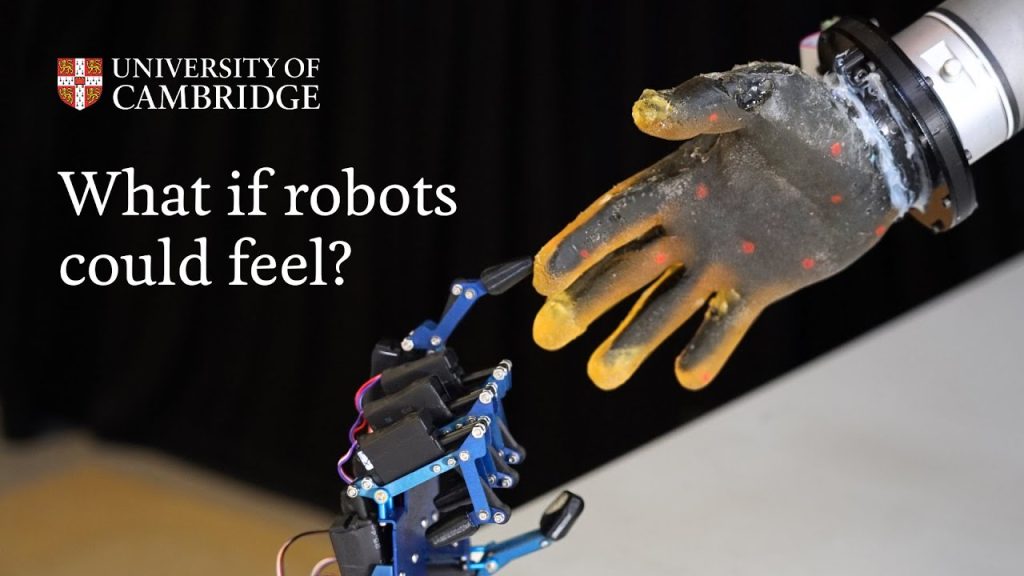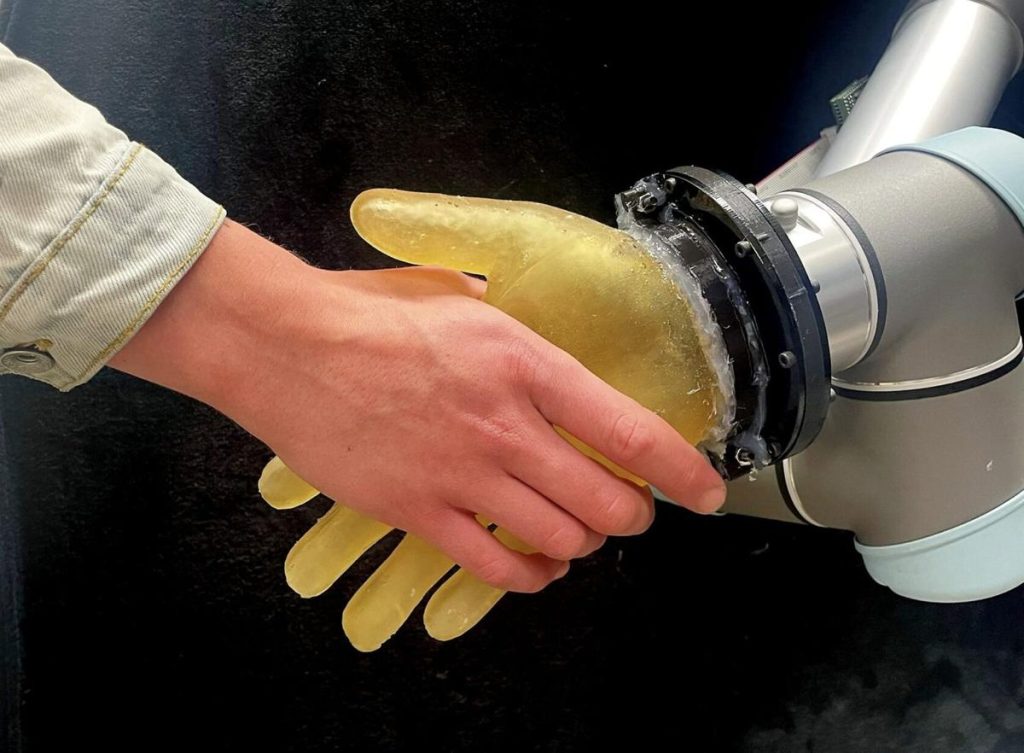Introduction: Robots Are Getting a Sense of Touch
Imagine a robot flinching when you poke it. Not out of fear, but because it felt your touch. This isn’t science fiction anymore. A new breakthrough in artificial skin is giving robots the ability to feel heat, pressure, and even pain. Yes, pain. Researchers call it a “smart skin,” and it could change everything from healthcare to robotics safety.
What Is This Artificial “Skin”?
Engineers from Singapore’s Nanyang Technological University (NTU) and others have developed an electronic skin that mimics human touch sensors. It’s thin, flexible, and can cover various robot surfaces. Unlike previous sensors, this one reacts in real time. It detects small temperature changes, vibration, and physical pressure with astonishing accuracy.
More importantly, it doesn’t just sense. It also responds. This skin triggers reflex-like actions, similar to a human withdrawing from a hot surface.
🧠 How it works: The skin integrates pressure-sensitive materials with embedded AI. It uses neuromorphic computing to interpret sensory data instantly. This means it can “feel” and “think” without needing to contact a central brain-like processor.
Additionally, researchers from the University of Cambridge and University College London (UCL) have contributed significantly to this field. They created a flexible, conductive skin that is not only highly sensitive but also easy to fabricate. One of its standout features is reusability. It can be melted down and reshaped into complex forms, making it ideal for a wide range of robotic designs and adaptive surfaces.
Here’s the published research from Nature, if you want to dive deeper.
Why Does It Matter?
This innovation isn’t just a cool party trick. It opens doors in several critical fields:
1. Safer Human-Robot Interaction
Robots in factories or hospitals need to work around people. Giving them the ability to sense pain or pressure helps them avoid injuries—both their own and ours. A robot that senses too much force could immediately stop moving.
2. Revolutionizing Prosthetics
Artificial limbs may finally gain real tactile feedback. This means users could feel textures, heat, or even a warning pain. Such feedback improves control, comfort, and quality of life for amputees.
The World Health Organization reports over one billion people need assistive tech. Smart skin could drastically improve these tools.
3. Rescue and Military Robotics
In dangerous zones, robots often replace humans. Touch-sensitive robots could sense hazardous surfaces or unstable debris. That boosts mission success while protecting human lives.

The Pain Debate: Should Robots Feel?
This leads to a hot-button topic: Should robots experience pain?
Of course, they don’t suffer like we do. Their “pain” is a coded response to stimuli. But many ethicists are watching closely. They argue that pain—real or artificial—could influence how we treat machines. If a robot flinches or reacts to injury, we may empathize with it more. That has deep ethical and legal implications.
MIT Technology Review explored this dilemma, highlighting how these emotional cues blur the human-machine boundary.
What’s Next?
The future is tactile. Research is now focused on making the skin more affordable and easier to scale. Developers are also experimenting with self-healing materials and improved sensitivity. Soon, humanoid robots could have skin almost indistinguishable from ours.
And yes these bots may flinch, sweat or even smile when touched. They won’t feel like us. But they’ll react like us. And that’s a giant leap forward.
Final Thoughts: A Brave New Touch
Smart skin is more than just a sensor. It’s a bridge between digital and physical worlds. As robots become more human-like, these advances challenge our understanding of life, intelligence, and empathy.
For now, one thing is certain: the next generation of robots won’t just look human, they’ll feel human too.


